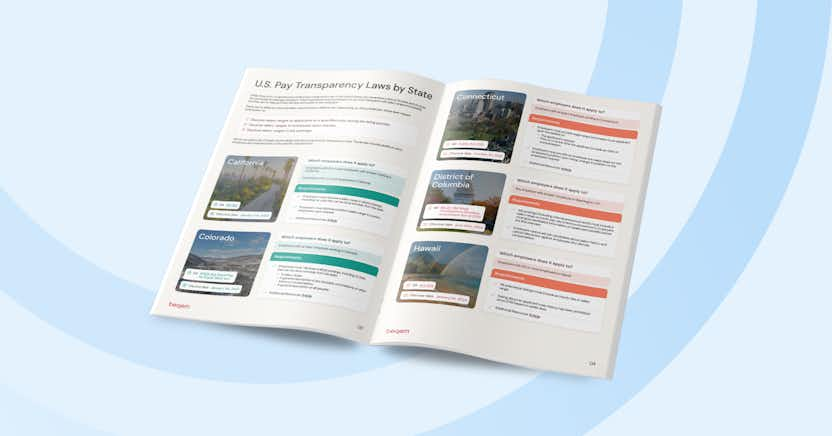The Secret Sauce for a Future-Proof Enterprise SPM Solution

Products used
In past blogs we have talked about the value of data-driven Sales Performance Management, how you can plan to take advantage of it, and the requirements for a scalable and flexible platform. But what functionality should you look for in a solution if you want to deliver data-driven SPM to your company?
Along with the data strategy and platform, the final piece of the puzzle in data-driven SPM is to have the functional capabilities you need to get value from the system and be positioned for future growth and change. After all, the whole point is to deliver value to your users at the end point: sales reps, sales management, admin/ops teams, and executive management. Getting the data assembled is a great accomplishment, but it’s all for naught if it doesn’t result in users being able to have an impact on the organization through better insights and decision-making.
When choosing an SPM platform, look for one that can provide:
Sophisticated calculation capabilities
To do the kind of analysis involved with data-driven SPM, at a minimum you need a robust rules engine, preferably coupled with the ability to leverage AI and ML services. Visual tools and pre-built algorithms can make it easier for business analysts to work with and benefit from the capabilities.
A great user experience
Getting value from data requires the right interface for viewing and working with data. A solution should provide the UI/UX necessary for engaging with the data effectively. This requires the ability to tailor the user experience for each role, so that executives can easily find the dashboard KPI information they need, while sales management has an intuitive interface for planning and managing territories, quotas, and compensation plans, and sales operations can administer processes smoothly and efficiently.
Ability to easily adapt to change
For the business to attain the maximum benefit from the solution, it needs to be fast and easy for business analysts—whether in sales operations, IT, HR or Finance—to make changes. If changes can be made by the business users who understand the need, then the solution can flex and adapt over time to enable the business to react quickly to changing market realities and changing strategies, not only from year to year, but from quarter to quarter, month to month, even day by day.
Sophisticated modeling & analytics
You should be able to simulate and analyze different compensation models and sales territory scenarios, and employ advanced analytics like ML and AI to detect patterns and further optimize those models to increase performance and save costs. To analyze the models will require strong tools for discovery and analytics.
A future-proof platform and roadmap
While it’s impossible to foresee all your future needs, the more flexible the platform, the more likely that you will be able to accommodate future needs. Give thought to your ideal future state, and feel confident that you have a platform that will allow you to keep up with the pace of change in business, regulations, and technology.
For example, would you like to be prepared to evolve towards systems that can be self-learning and adaptive? Might you want to move towards a unified compensation platform that extends beyond sales incentives to any type of compensation or rewards? Perhaps no solution can be all things to all people, but you should be comfortable that the vendor and solution you choose are aligned with your own roadmap and vision and capable of delivering.
Learn how data-driven SPM can impact your sales organization
For more information on how data can drive sales performance and increase revenue, and what it takes to get there, click here.
















